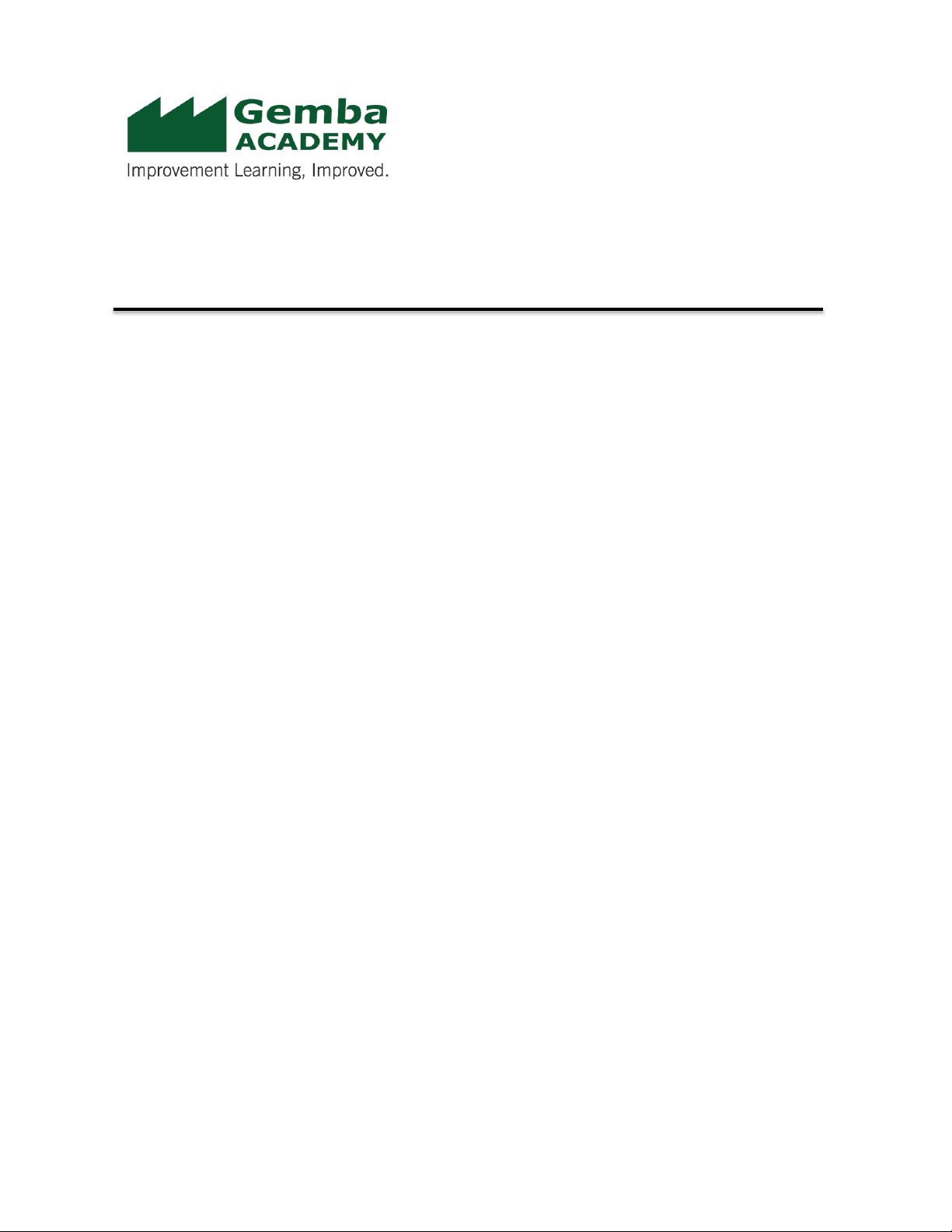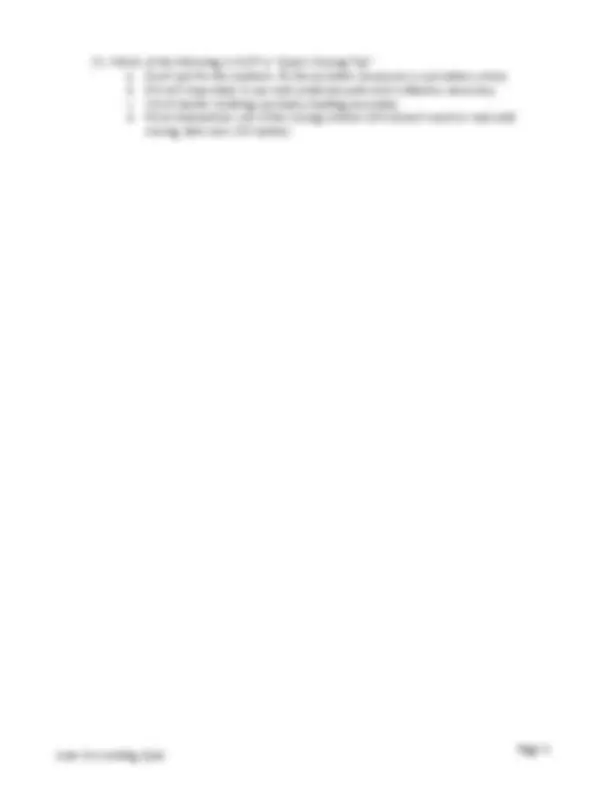



Study with the several resources on Docsity

Earn points by helping other students or get them with a premium plan


Prepare for your exams
Study with the several resources on Docsity

Earn points to download
Earn points by helping other students or get them with a premium plan
Community
Ask the community for help and clear up your study doubts
Discover the best universities in your country according to Docsity users
Free resources
Download our free guides on studying techniques, anxiety management strategies, and thesis advice from Docsity tutors
This lean accounting quiz covers various aspects of lean accounting, including its compatibility with gaap, the nature of traditional cost accounting, the distinction between fixed and variable costs, and the importance of value stream costing. Test your knowledge with these questions.
What you will learn
Typology: Study notes
1 / 3

This page cannot be seen from the preview
Don't miss anything!


Page 1
Page 2